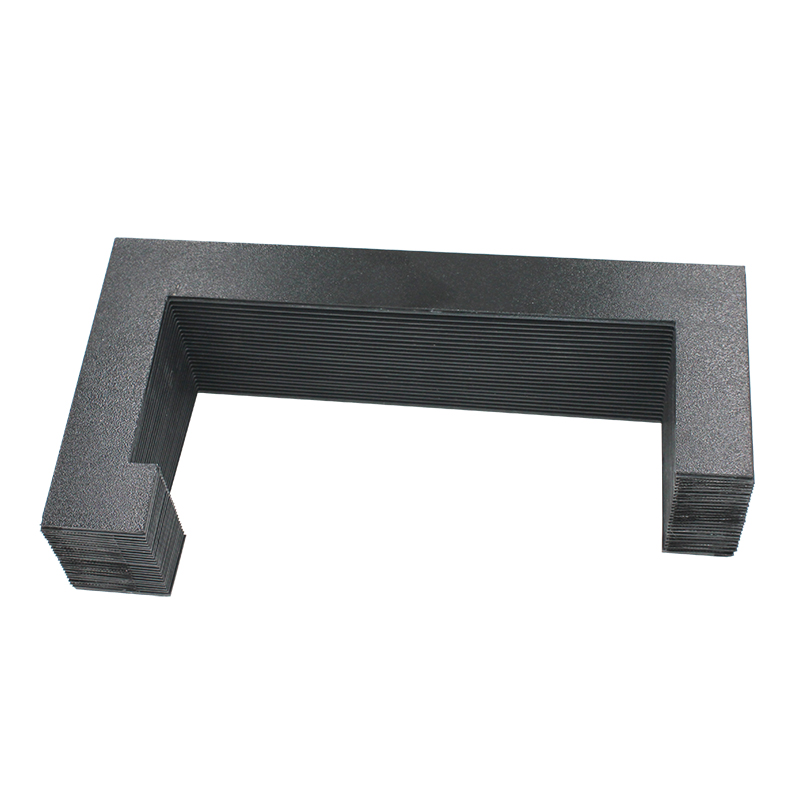nylon cable drag chain
Understanding Nylon Cable Drag Chains A Comprehensive Guide
In the world of industrial machinery and robotics, efficiency and reliability are paramount. One crucial component that contributes to these attributes is the nylon cable drag chain. These robust and flexible chains are designed to protect and organize cables and hoses in various applications, ranging from CNC machines to automation equipment. This article explores the characteristics, benefits, applications, and maintenance considerations of nylon cable drag chains.
What is a Nylon Cable Drag Chain?
A nylon cable drag chain, also known as a cable carrier or energy chain, is a system designed to guide and protect moving cables and hoses in dynamic applications. Constructed from high-quality nylon, these chains offer flexibility, lightweight properties, and high resistance to wear and tear. The design usually features a series of interconnected links that form a channel through which cables and hoses can move freely, reducing friction and preventing tangling or damage.
Key Characteristics
1. Material Composition Nylon is favored for its excellent mechanical properties. It is durable, resistant to impact, and can withstand various environmental conditions, including moisture and chemicals.
2. Flexibility Nylon cable drag chains are designed for flexibility, allowing them to bend around corners and navigate different shapes without impacting the integrity of the cables and hoses they carry.
3. Weight Consideration Being lightweight, these drag chains do not add significant weight to the moving components of machinery, making them ideal for high-speed applications.
4. Versatile Design Available in various sizes, shapes, and link styles, nylon drag chains can be customized to suit specific requirements, whether for small robotic arms or large industrial machines.
Benefits of Using Nylon Cable Drag Chains
The adoption of nylon cable drag chains in industrial applications offers several advantages
1. Protection of Cables and Hoses By encasing cables and hoses within a protective covering, these chains minimize wear caused by movement, abrasion, and environmental factors, ensuring a longer lifespan for the cables.
2. Improved Organization Drag chains provide a streamlined and organized approach to cable management, reducing clutter and preventing knots that could hinder machine performance.
3. Enhanced Mobility These chains promote smooth and uninterrupted movement of cables, which is crucial for machinery that undergoes frequent and rapid motion.
nylon cable drag chain

5. Ease of Installation Many nylon cable drag chains feature a straightforward installation process, often allowing for quick setup without specialized tools.
Applications
Nylon cable drag chains are utilized across various industries owing to their versatility and reliability. Common applications include
- Robotics In robotic arms and automated systems, these chains provide the necessary support and protection for power and control cables as they move.
- CNC Machines In CNC (Computer Numerical Control) equipment, they help manage power, data, and coolant hoses, ensuring precise operation.
- Conveyor Systems Used in conveyor systems to keep power and control cables organized and out of the way of moving parts.
- Material Handling Essential for machines that require constant motion, such as hoists and lift systems, helping maintain operational efficiency.
Maintenance Considerations
To ensure the longevity and efficiency of nylon cable drag chains, regular maintenance is necessary. Here are some tips
1. Routine Inspection Regularly check for signs of wear and tear, such as fraying or deformation of the links. Early detection can prevent more significant issues.
2. Cleaning Remove dust, debris, and other contaminants that may accumulate in the chain to maintain smooth operation.
3. Lubrication Depending on the application, appropriate lubrication (if needed) can reduce friction and wear on the chain surfaces.
4. Adjustment Ensure that the chain is properly tensioned and aligned to avoid operational issues.
Conclusion
Nylon cable drag chains are integral to the efficient operation of many modern automated and industrial systems. With their combination of durability, flexibility, and organization, they enhance the performance and reliability of machinery. By understanding their characteristics, benefits, applications, and maintenance needs, industries can optimize their use of these essential components, ultimately leading to increased productivity and reduced operational costs.








